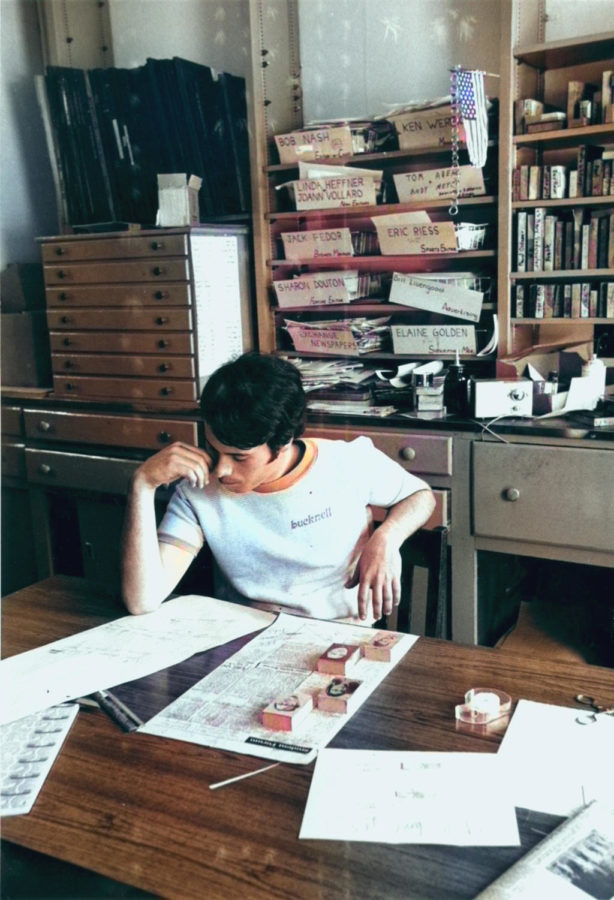The best movies, for me, have always been the kind that weave every detail—set design, script, acting and music—into a singular, immersive act of storytelling. Some people watch movies just for entertainment, and that’s fine. But for others, it’s the storytelling’s emotional residue that lingers. “Sinners” is that kind of film. Phenomenal doesn’t quite cover it. Ryan Coogler has crafted something rare.
At its center is the blues as a blueprint. A genre born not of aesthetic ambition but of necessity. The blues began as a language when no other was permitted. In the fields of the American South, enslaved people sang their condition into being, embedding memory into melody when documentation was denied. “Sinners” is not content to reference this, it enacts it.
The narrative moves through the Smoke-Stack Twins, portrayed—masterfully—by Michael B. Jordan. Though driven by distinct desires, one chasing wealth, the other pleasure, both are caught in pursuit of something more elusive: the possibility of liberation. Their dream, to open a Juke Joint, a sanctuary of sound and fellowship, is less a business than a form of resistance. The nod to a past connection with Al Capone introduces a mythic texture and quietly leaves the door ajar for a prequel. Coogler is always thinking in layers.
Integral to this dream is the ensemble they gather— each character a living embodiment of the blues’ many dimensions. Sammy is a young man with a soul-drenched voice and a preacher father who wants him to sing gospel, not the “devil’s music.” His tension between tradition and self-expression becomes a central strand. Delta Slim is a harmonica player with wit and wear, carrying the comedic and historical weight of the blues. Grace and Bo Chow, who run a local grocery, lend warmth and history—they know the twins, and more importantly, they believe in them. Cornbread is the sharecropper-turned-bouncer, grounds the film in a Southern realism, while Annie, who believes in the spirit world’s proximity to the living, ushers us into the supernatural register that the film so beautifully leans into.
One of the film’s most striking moments comes as Sammy performs a song that, in its delivery, opens more than just the hearts of its listeners. Annie’s voice overlays the performance, explaining the spiritual belief—drawn from African and diasporic traditions—that certain voices can bridge realms. As Sammy plays, the veil lifts. The screen erupts with a montage that transcends history and geography: an African griot, a geisha in ceremonial movement, bodies bending to survival through dance, through ritual. These are echoes of expression born under pressure, like coal becoming diamond.
And then there’s the turn—unexpected but seamless. Vampirism enters the narrative not as gimmick, but metaphor. Remnick, an Irish vampire, believes he understands oppression. He invokes history to justify assimilation. He seduces with recognition—he too has been marginalized, persecuted, made to feel othered. But his solution is possession. He wants Sammy to join his community not for communion, but completion. He is haunted not by loss, but by absence— a history he cannot touch, so he seeks to consume another’s.
The brilliance lies in the refusal to reduce Remnick to villainy. He is monstrous, yes, but also familiar. His hunger is not just for blood, but for connection, twisted by entitlement. When Sammy confronts him with faith, Remnick counters with a brutal clarity: the same religion used to justify slavery is the one Sammy wields for salvation. That contradiction doesn’t cancel either man’s belief. It deepens it profoundly.
What ultimately breaks the cycle is not violence, but music. And here, the blues becomes literal power—transcendent and defiant. I won’t describe the mechanics of this moment; it deserves to be seen, uninterrupted. But I will say that it reaffirms what the film has been whispering all along: that music is not decoration. It is a declaration of survival.
The soundtrack alone could warrant an entire essay. Miles Canton’s voice is both smoke and sermon, and Ludwig Göransson’s compositions are embedded with narrative intention. The score doesn’t underline the film—it animates it. If this doesn’t earn a Grammy, then we’ve forgotten how to listen.
“Sinners” rejects traditional structure. Its act breaks are elliptical, its pace intuitive rather than engineered. It moves the way the blues moves—unresolved, bending toward truth rather than closure. The story isn’t just told—it’s felt. Beneath the supernatural and the symbolic, Coogler is asking what do we build when the world gives us nothing?
I know there will be many interpretations of this film. And I hope for them. But I also hope viewers enter it without the assumptions that often greet stories like these. “Sinners” is not just a genre film. It’s not just a Black film. It is a film that, like the blues, refuses containment. It conjures, it calls then it carries.
It is, above all, original. And I’ve been waiting for something like it to take the screen for a long, long time.






















